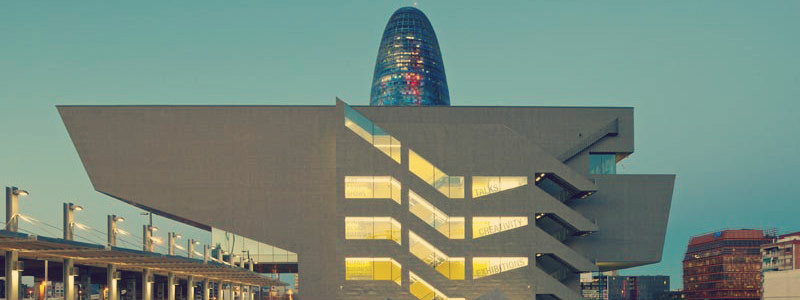[quote align=»left»]It does not help that tourists seem to agree, giving their highest rating when polled to the city’s architecture and urban spaceLong-time Barcelona residents are shocked to discover that newer generations have no idea they are living in a city of design. This breach between a beautiful idea—superlative design as a fundamental Barcelona value—and the difficulty finding empirical evidence for it, is what makes Barcelona’s design discourse particularly confusing. While some go on as if the city were functionally and aesthetically coherent (i.e. well-designed), others don’t see it, don’t feel it, and, like when listening to a nutty acquaintance, prefer to smile nicely and keep their opinions to themselves.
For those who lived through the Olympic period, emblem of the city’s most recent design boom, it is hard to shed the idea that Barcelona is an international model for urban and public design. It does not help that tourists seem to agree, giving their highest rating when polled to the city’s architecture and urban space. The city also happens to have the highest concentration of design schools in Europe, relatively small and expensive, whose success draws on the legacy. If the most costly university degrees in Barcelona are business and design, we shouldn’t be surprised to find their symbiosis—the business of design and the design of business—at a premium.
Barcelona contemporary design values were once so pervasive that travelling to a non-design city left you stunned. A place like Marseille, unconscious of itself and with no middle class anxiety to care, was a huge relief: you could actually walk through an urban space without it constantly nagging at you to pay attention to it. Barcelona, in contrast, was bitchy. From the sharp clean lines of shop interiors to upgraded International Typographic Style signage and off-white neo-minimalist products for the home (the revival of rationalist modernism), to all sorts of wacky, colourful, Mediterranean twists (the influence of speculative 80s post-modernism), Barcelona design was like a call to order, but goofy. A late 90s city hall campaign tried to get bazaar merchants on Princesa to spiff up their signs (the discourse of design coherency was covertly racist) while official forms of outrageousness were allowed. Those silly days, thankfully, are gone.
Deliberately dyslexic lettering and adolescent doodling have invaded signs and menusThe decline of Barcelona design has partly to do with efforts to question the model, and partly with amateurish attempts to keep it alive. Calls to stop pandering to tourism while ignoring residents have grown louder with economic collapse, exposing the lie: swank design values cannot keep a city fed, clothed and sheltered. In contrast, all those trying to start new businesses on a shoestring are doing a hopelessly bad job designing them. Cutesy cupcake interiors and neo-rural websites are all the rage. Deliberately dyslexic lettering and adolescent doodling have invaded signs and menus. Bad copies of what someone did in Berkeley or Berlin decades ago abound. Ironically, some of the most singularly laughable designs—that coworking in Poble Nou, that tapas bar on Blai, that smart city app out of the Pompeu Fabra—are also trendsetting success stories. How do you fight that?
Those who say present-day Barcelona has no clear design values really mean they prefer a city that leaves them alone. So there is something remarkably refreshing about Barcelona no longer being a city of design.








